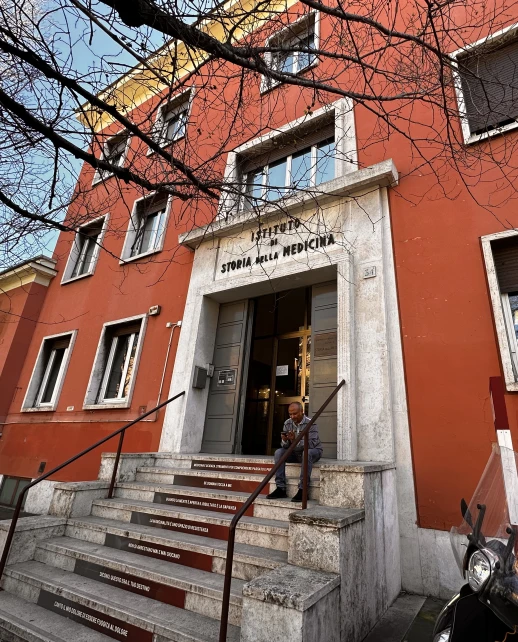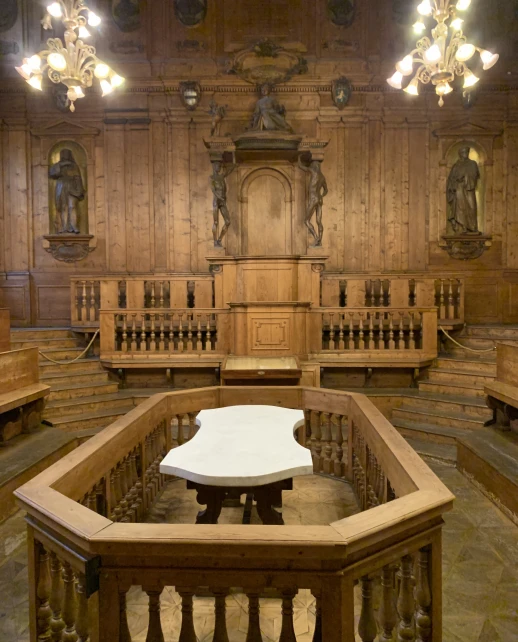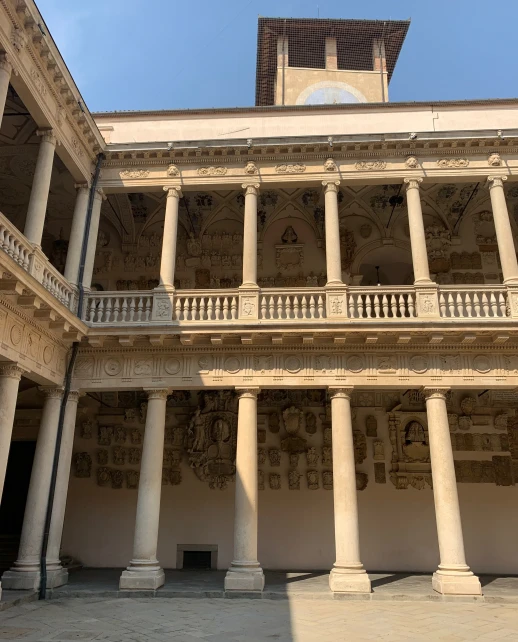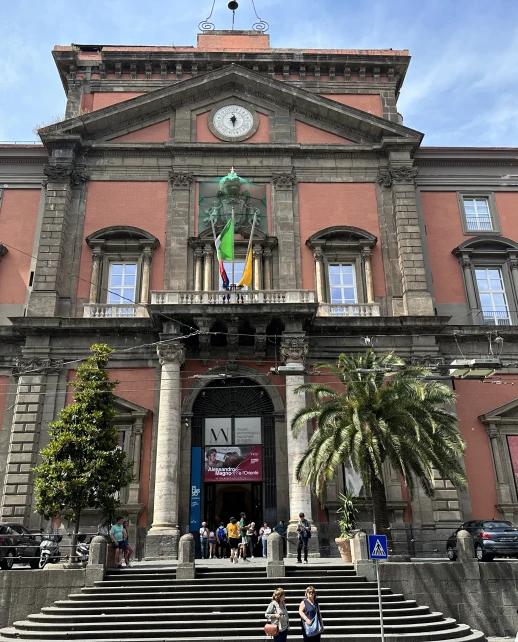Museums5 results

Italy
The Museo di Storia della Medicina at Rome University, founded in 1938 by Adalberto Pazzini, is located in the Institute of the Medical History and showcases the evolution of medical science across three floors. The basement features reconstructions like an apothecary and an alchemist’s lab. The first floor spans from prehistoric times to the 17th century, highlighting ancient Mediterranean and medieval medicine. The second floor explores the shift to experimental medicine, biomedicine, genomics, and their technological applications.

Italy
The Anatomical Theater, known as Teatro Anatomico, is just a short walk from Piazza Maggiore, the central square in Bologna. This historic site, nestled within the Palazzo dell’Archiginnasio, is a stone's throw from the location of Europe's oldest university, established in Bologna in the 11th century. Since 1563, the Palace of the Archigymnasium has been the central hub for the "Schools" of the Alma Mater Studiorum, featuring a courtyard encircled by double-story peristyles, characteristic of Italian universities of the period, such as the Sapienza in Rome or Palazzo Bo in Padua. Constructed in 1637, the Teatro Anatomico boasts a centrally placed, ornately designed marble table, flanked by wooden railings where dissections were historically carried out. The professor's chair, with its canopy upheld by two "Spellati" statues—carved, skinless figures—stands out prominently like Hippocrates, Galen, Malpighi, Gaspare Tagliacozzi. Overhead, the allegorical figure of Anatomy is depicted receiving two gifts, a manuscript scroll and a femoral bone, from an angel. A showcase displays a Latin edition of Galen's works, underscoring his profound impact on medieval and Renaissance medicine.

Italy
In the depths of Tuscany, Siena during the Renaissance laid on a busy Via Francigena, trade and regligiouse route connecting Western and Northern Italy and Europe with Rome. Opposite the majestic Siena Cathedral, Santa Maria della Scala is a remarkable testimony to the history of medicine of the Middle Ages and the Renaissance. Founded as early as the ninth century, this institution was more than just an ordinary hospital - it was a beacon of hope and compassion for weary pilgrims making the arduous journey along the Via Francigena to Rome and further to the Holy Land. What began as a simple orphanage grew into one of Europe's most famous hospitals, caring not only for pilgrims but also for sick, destitute and abandoned children. By the 12th century it had established itself as a leading centre of medical care, pioneering techniques that shaped the future of medicine in the region. One of the most striking sights of Santa Maria della Scala is the Pellegrinaio Hall (Pilgrims' Hall), whose colourful frescoes depict medical and charitable activities.

Italy
Bo Palace (Palazzo del Bo) is the central piece of the Paduan University. Established in 1222, the University of Padua is one of the oldest and most prestigious universities in the world. Its Medical Faculty has been a leading institution for medical studies for centuries. Perhaps the most famous alumnus of the Medical Faculty is Andreas Vesalius, who is often referred to as the father of modern human anatomy. He studied and later taught at Padua, and his seminal work, "De humani corporis fabrica" (On the Fabric of the Human Body, 1543) was a groundbreaking text in anatomy. The Anatomical Theatre of Padua, built in 1594 during tenure of Girolamo Fabrici d’Acquapendente, is the oldest surviving anatomy theatre in the world. It was here that many important dissections and lectures took place, attracting students from across Europe is the place for 16th-century Anatomy Theatre. Another famous alumni of the University was William Harvey, who discovered blood circulation.

Italy
Museo Archeologico Nazionale di Napoli (National Archeological Museum of Neapel) holds a significant collection of medical and surgical instruments from ancient Rome recovered from the ruins of Pompeii and Herculaneum, destroyed by the eruption of Mount Vesuvius in 79 AD.